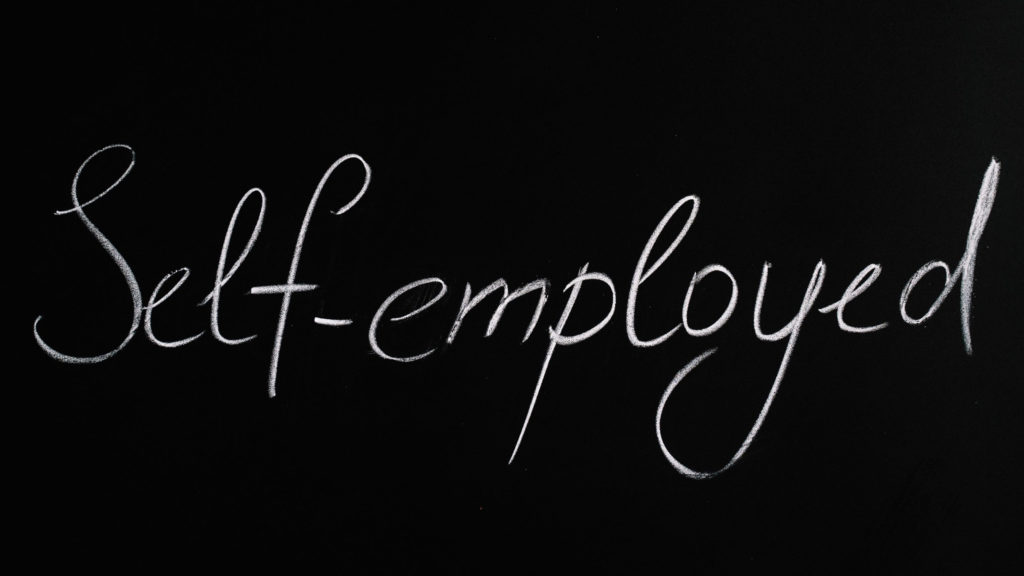This wonderfully straightforward question has a very twisty answer. After all, retirement plans are anything but dull.
First, a bit of referential background to establish our foundation:
401(k) Plans are described and governed by the rules and regulations in Section 401 of the Internal Revenue Code
IRA’s, that is Individual Retirement Accounts, abide by rules in Section 408 of the Internal Revenue Code
While the two retirement plans are often similar, they have some distinguishing characteristics that change the operation of each plan drastically.
First, let’s define an important term:
A custodian is a person or entity with fiduciary responsibility over assets. Depending on the situation, a custodian might simply be a bank or brokerage account, or it can be defined as someone who has fiduciary responsibility, or authority, over assets.
With respect to IRA plans, the Internal Revenue Code is very clear there needs to be a custodian who acts in a fiduciary role—that is a bank or trust company—that’s responsible for your assets. The required presence of a custodian is why you’re not allowed to simply be in charge of your own money with an IRA. You must have a third-party custodian acting as a fiduciary, accepting responsibility over your assets, and also deciding when and where the assets can be invested.
The lack of freedoms in the legacy financial system of custodian 401k and IRA plans is what often drives new clients to Nabers Group to set up a self-directed Solo 401k plan. These investors are looking for freedom to invest their money, on their terms, without having to ask permission of a third party.
However, with an IRA, that’s simply not possible as the third-party custodian/fiduciary/trust company role is written right into the tax code.
Freedom and Control with a Solo 401k
As we now know, 401(k) plans live in a different section of the tax code. Therefore, when the code refers to a custodian, it is simply referring to where the assets are held, rather than who has governing authority over those assets. Keep in mind, you must still have a custodian somewhere holding the assets—that is, you can’t just stuff your 401k dollars under your mattress. The funds still must be held in what the IRS would consider a bank or trust company (a regulated body).
Therefore, with a Solo 401k plan, if your funds are liquid (cash), they may be “in custody” of a regulated bank or brokerage account. If your funds are invested in an asset such as bitcoin or real estate, they are “in custody” of you as the plan trustee.
The terminology for the “controlling party” in a Solo 401k is the plan trustee.
“Trustee” is to a 401k plan as “custodian” is to an IRA. The trustee is the party who decides where, how, and when trust funds assets are spent and invested.
With a Solo 401k in particular—you are allowed to be your own trustee.
Nabers Group as your IRS-approved document provider is not the trustee of your Solo 401k plan because we never touch your money, we never handle your assets, and we’ll never tell you what to invest in.
But Where Does it Actually Say I Can Be My Own Trustee in the Tax Code?
For this answer, we have to both read between the lines, and infer our next steps from the IRS.
The Employee Retirement Income Security Act of 1974 (ERISA) was a federal regulation created to regulate employer-sponsored benefit plans. ERISA was enacted in an attempt stop unfair practices in employer-sponsored retirement plans.
With any 401(k) plan, large or Solo – there exists a trust which holds the retirement plan assets.
In a typical large company 401k, the participating employees will invest their money into the 401k plan by putting their funds into that one trust account. Because so many different people’s funds are in one trust, certainly they can’t all be their own trustee. Not only would it be an administrative and bureaucratic nightmare, but having multiple trustees of one trust fund could lead to untoward practices with the group’s co-mingled funds.
With traditional large 401k plans where multiple participant’s funds are mixed in a single trust, there exists a third-party administrator (TPA). The job of a TPA is to ensure fair practices of everyone’s co-mingled funds. The TPA is a non-biased third party tasked with keeping records of the 401(k) plan funds, and completing any required paperwork and reporting for the plan.
All 401k plans that are subject to ERISA, have a trustee and an administrator.
When the Pension Protection Act passed in 2006, the door opened for small businesses without employees to have their own 401k plan.
Small business 401k plans are called one-man plans, self-directed 401k, self-employed 401k, individual 401k, or a Solo 401k. These plans are designed for small businesses without any employees. If there are no employees in the business, no outside participants (other than the business owner) will have funds in the trust.
If only the business owner (or perhaps business owner and spouse) has funds in his 401k trust, the business owner may act as his own trustee.
The ERISA act has four titles, which detail the rules regarding fairness, testing and regulations regarding 401(k) plans.
Title 1 of ERISA, which discusses non-discrimination testing, does not apply to the Solo 401k plan. Testing is not applicable in a Solo 401k plan because only the business owner (and potentially spouse) have funds in the plan. This makes the administration and reporting of a Solo 401k plan far simpler than a standard corporate 401(k) plan.
Because only your money is in the 401k trust, you are able to act as administrator of the Solo 401k Plan and trustee of the Solo 401k trust. Therefore, you are allowed to direct your own assets and where you want the money to be invested.
How Does This Work On A Practical Level?
The Solo 401k consists of two parts—1) the 401k Plan, which is a complex set of IRS-approved documents we prepare and amend each year, and 2) the 401k Trust, where the funds actually reside (typically a bank, brokerage account, or both).
Many Nabers Group Solo 401k accountholders have a little of everything from real estate to private lending and stocks and bonds.
In practice, this can manifest as two bank accounts (one for Roth funds and one for traditional funds), a brokerage account for traditional equities, a bitcoin exchange account, private lending accounts, and more.
All of the above named accounts fit under the umbrella of the Solo 401k Trust, with the tax ID number that’s coded to the Solo 401k Plan.
This way, you can have multiple accounts, but they’re all under that one trust structure, and you are the trustee.




